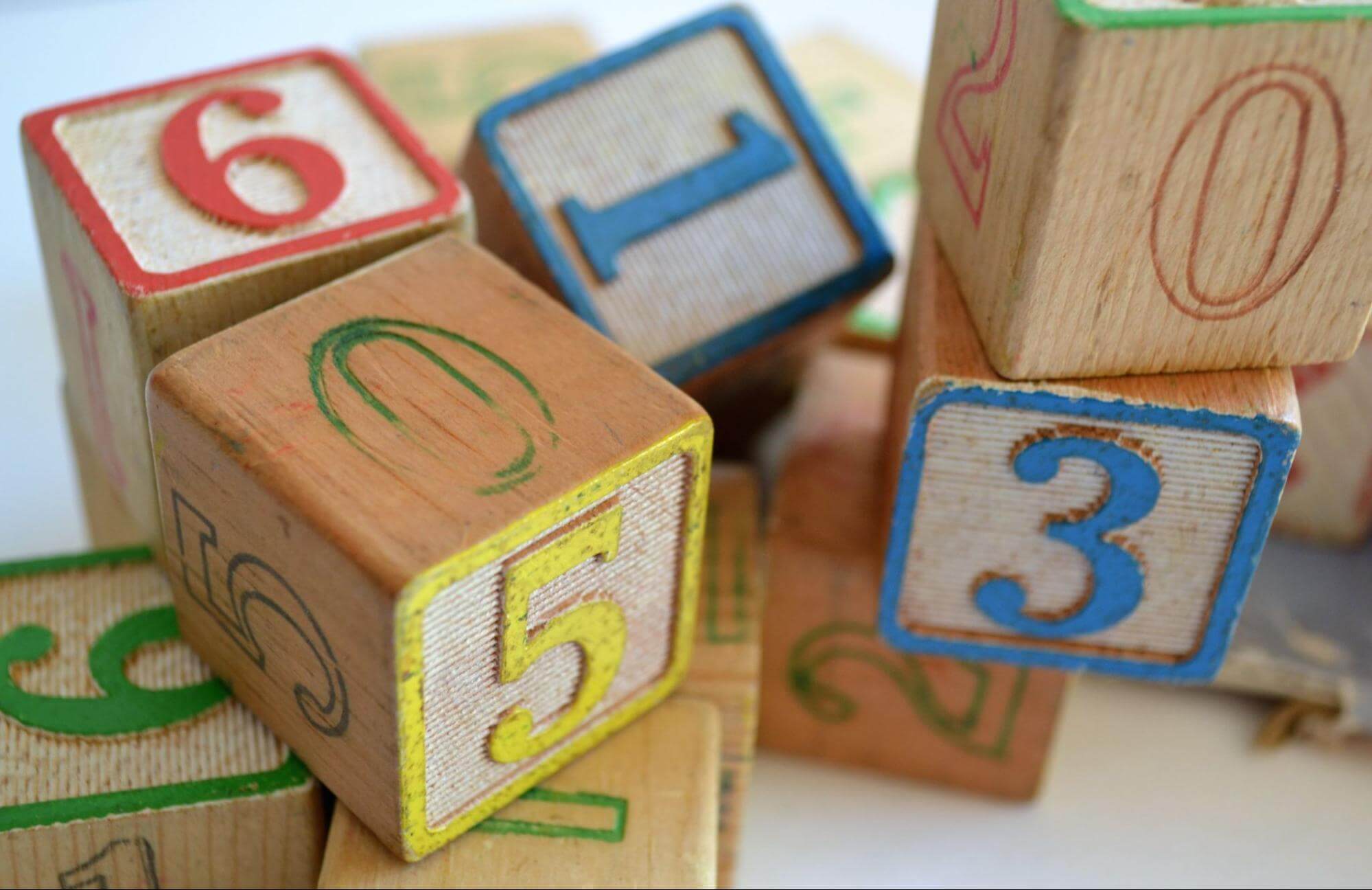While every child is unique and special, most children demonstrate specific skills or tasks by a certain age. These “developmental milestones” cover everything from physical growth, cognitive and language development, to social and motor development. Smiling for the first time, looking at your face, waving “bye-bye,” crawling, and taking the first step are all considered developmental milestones.
Why are developmental milestones important?
Developmental milestones are important markers to help you track your child’s developmental health. These milestones are used by parents, pediatricians, and many other care providers to ensure that your child is developing as expected, and can help identify and address delayed development to facilitate early interventions.
"Milestones are categorized around five major areas: physical growth, cognitive development, emotional and social development, language development, and sensory and motor development," explains Cari Whitlock, Licensed Clinical Psychologist and Neuropsychologist at Healthy Young Minds. "Milestones help you understand how your child learns and grows, and delays in any of these areas can result in mild to severe struggles at home and school. Proper assessment can lead to services that help your child reach their full potential."
How to track a 13-15 month old’s developmental milestones
Many pediatricians work from standardized forms to assess and track your child’s developmental milestones. As a parent, it’s important to keep track of the skills your child exhibits as they grow, since you are most familiar and involved in their day-to-day care. There are multiple tracking apps out there, including the Milestone Tracker App from the Center for Disease Control (CDC).
Child Development Milestones: 13-15 Months
Cognitive milestones |
|
Physical milestones |
|
Language milestones |
|
Social emotional milestones |
|
What are the cognitive milestones for a 13-15 month old?
At this age, your toddler is learning what different things do and how to use them; they will use objects meaningfully (hold a phone up to their ear, turn pages in a book, scribble with a crayon, build towers and knock them down). Toddlers really love exploring and, if you’re close by while your child explores, they may feel safe to try something new, like climbing furniture.
What are the physical milestones for a 13-15 month old?
At this age, your toddler is becoming very active. Toddlers between 13-15 months can typically stand up without needing support from you or the furniture and may start to walk on their own. As your child becomes more confident with complex movements, they may try to climb stairs or furniture. Around this age, toddlers use their fingers and try to use a spoon to feed themself and drink from a cup (with some spills!).
What are the speech and language milestones for a 13-15 month old?
Around this age, your child’s language skills are really growing! Your toddler’s babbling includes real words, like ‘uh-oh’ or ‘ba’ for ball. Children begin to understand what you say and will look at familiar objects when you name them and follow directions you give using words and gestures (‘give me the cup’ while you point to the cup). Your toddler will still make noises, nod, and point to express themselves.
What are the social and emotional milestones for a 13-15 month old?
This age is very important for developing social emotional skills. You’ll notice your child will imitate other children while playing and may play alongside other children as well. Your toddler will show affection (cuddles, kisses, hugs) and may show signs of separation anxiety. Children at this age start to develop empathy (showing an understanding of how others are feeling). For example, they may clap to show excitement when another child did something they’re proud of; this is a very important skill to nurture and key to forming relationships with others. Give your child lots of kisses, cuddles, and hugs; positive attention is important for your child’s emotional development.
What if my child is not meeting milestones?
No one knows your child better than you. Always trust your gut. If your child is not meeting age-appropriate milestones, talk to your pediatrician.
Learn more about when you should worry about missing developmental milestones.
